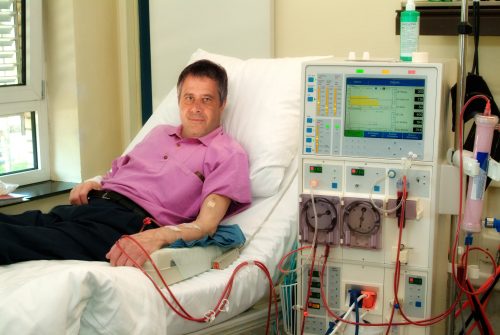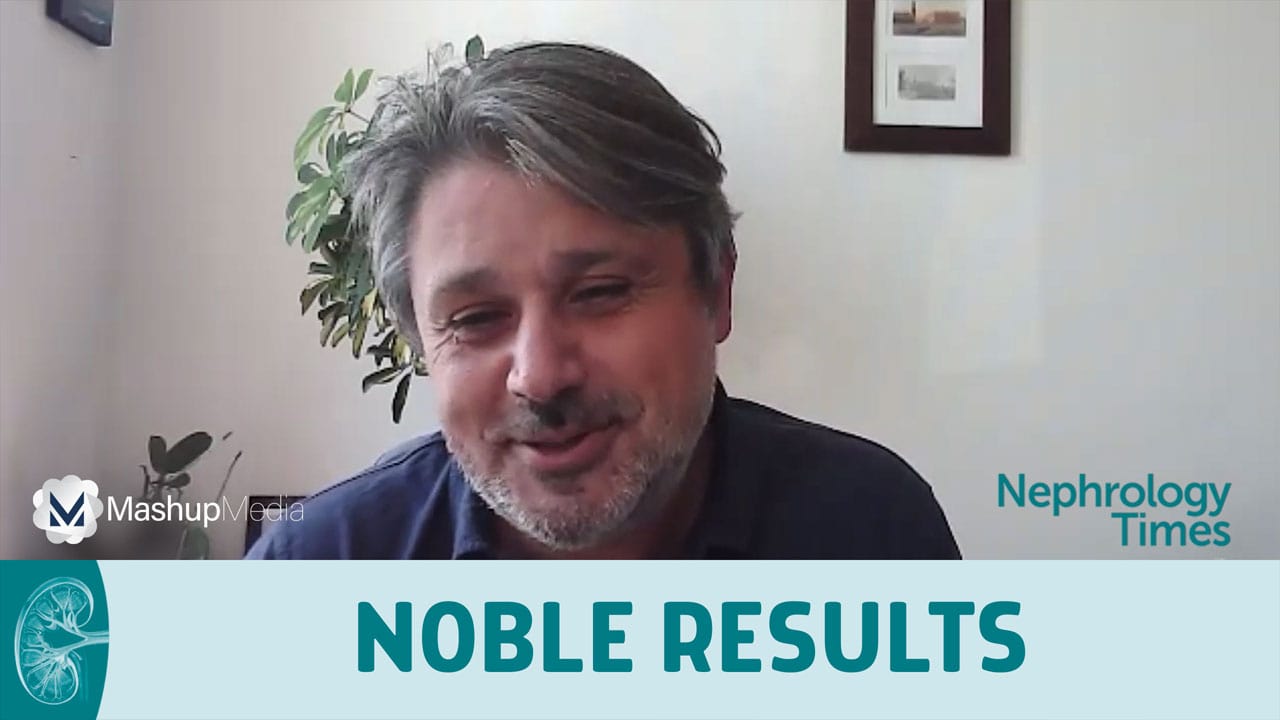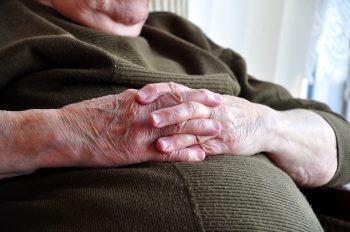
In a prospective, multicenter, nonrandomized trial, Mabel Aoun and other researchers studied patient survival with twice-weekly versus thrice-weekly hemodialysis. Their results were presented at the 61st European Renal Association Congress.
The study included 203 patients from 10 dialysis units undergoing hemodialysis three times a week (n=133) or twice a week (n=70). Mean patient age was 67 ± 15 years; 54.2% were male; 55.5% had diabetes; 53.7% had coronary artery disease.
At the start of dialysis, median estimated glomerular filtration rate was 6 (4, 8) mL/min/1.73 m2 for the thrice- and twice-weekly groups, and baseline median 24-hour diuresis was 500 (500, 1000) mL. The patients on twice-weekly hemodialysis had higher diuresis (P=.051). Mean hemoglobin at baseline was 9.6 ± 1.6 g/dL, and mean blood flow was 329 ± 76 mL/min. The median number of dialysis hours per week was 12 (10, 12) and 8 (8, 9) in the thrice- and twice-weekly groups, respectively. High-flux membranes with ultrapure dialysate were used in 55.0% of the thrice-weekly patients and 74.3% of the twice-weekly patients.
At 1 month, 3 months, and 6 months, residual diuresis was significantly higher in the twice-weekly arm versus the thrice-weekly arm. Serum potassium was significantly higher in the twice-weekly versus the thrice-weekly group at 3 months and 1 year. Interdialytic weight gain and blood pressure did not statistically differ between the groups at 1, 3, and 6 months and 1 year; 22.5% of patients in the thrice-weekly arm did not require antihypertensive medications at 6 months versus 12.1% in the twice-weekly arm. The cumulative dose of erythropoietin (EPO) given over 2 years was significantly higher in the twice-weekly group versus thrice-weekly (median 720,000 UI vs 500,000 UI; P=.001). There was no difference in hemoglobin, but ferritin was lower in the twice-weekly group (P=.005).
Although the twice-weekly timing was associated with higher EPO dose requirements, higher serum potassium levels, and more antihypertensive therapy, there was no difference in hospitalization rates between the two groups, nor did a Cox regression model show any survival difference between the two groups.
Source: Aoun M, Finianos S, Beaini C, et al. Twice against thrice-weekly hemodialysis: the TATH trial. Abstract #1809. Presented at the 61st European Renal Association Congress; May 23-26, 2024; Stockholm, Sweden.







 © 2025 Mashup Media, LLC, a Formedics Property. All Rights Reserved.
© 2025 Mashup Media, LLC, a Formedics Property. All Rights Reserved.